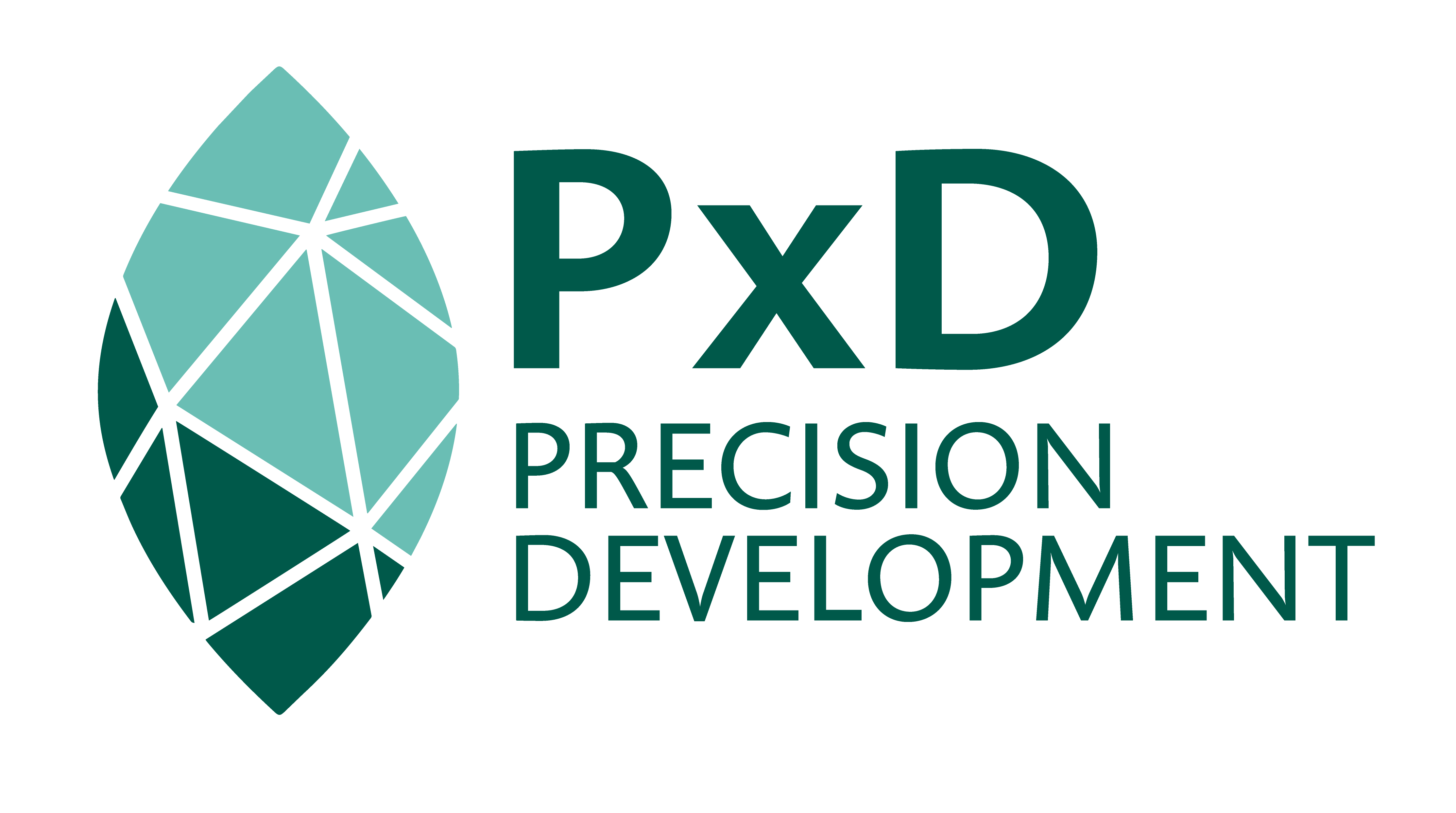Kenya Repayment Trial 2019
KEN -19 -1388Last modified on November 10th, 2025 at 1:56 pm
-
Abstract
One Acre Fund (OAF) is an agricultural service provider that provides support for smallholder farmers in Africa in accessing agricultural inputs, training, and markets, to help the farmers increase their harvests and income. PxD and OAF began collaborating in 2016 on efforts to increase adoption of agricultural inputs and improve OAF operations in Kenya and Rwanda.
OAF regularly tests different solutions to improve repayments. One such approach is outreach by call-center field officers (FOs) to struggling farmers and their group leaders (GLs), reminding them of the group-liability structure. This outreach encourages the farmers to make a payment to get back on a healthy repayment path. An important aspect of the calls is asking farmers if they would like to pledge to pay a certain amount by the end of the following week. On average, about half of the farmers make a pledge, and OAF shares this information with FOs, who can then follow up and enforce this informal commitment device. In the previous year OAF ran a “Kenya Repayment 2018 trial” to test the effect of FO calls to farmers; this trial found suggestive but statistically insignificant results that calls are effective at increasing repayment. In the 2019 long rainy season, we ran another trial in Kenya to test this intervention. In this second trial, we find that calls to farmers had no effect on overall repayment rates. -
Status
Completed
-
Start date
Q3 Jul 2019
-
End date
Q3 Sep 2019
-
Experiment Location
Kenya
-
Partner Organization
One Acre Fund (OAF)
-
Agricultural season
Long Rains
-
Experiment type
Impact Evaluation
-
Sample frame / target population
OAF farmers and group leaders
-
Sample size
268,270
-
Outcome type
Financial behavior
-
Mode of data collection
Partner administrative data
-
Research question(s)
1. Does OAF's call-center outreach to struggling farmers improve repayment?
2. Does sharing a farmer's pledge (soft commitment to make a payment in the following week) with the FOs affect the farmer's repayment?
3. How can OAF most effectively use repayment calls to target farmers?
4. What is the cost-effectiveness of calls relative to SMS messages? -
Research theme
Communication technology
-
Research Design
To evaluate the effect of the outreach calls, we ran a clustered randomized control trial in which farmer groups were randomly assigned to one of the experimental arms in three stages. First, 75% of farmer groups were assigned to receive calls to farmers reminding them that they had not yet completed their loan repayment (treated farmer groups) and 25% were assigned to the control group. Second, half of the treated farmer groups were assigned to also receive calls to the GLs, with information about how many group members had not yet completed their loans. Third, farmer groups were independently randomized for sharing a farmer’s pledge with the OAF field team; 10% of groups were randomly selected to not have their farmers’ pledge information shared. This third component allowed us to isolate the impacts of the calls themselves from the possible impact of additional focus on treated clients by the OAF field team that might result from sharing the pledge.
Treatment groups were randomly ordered. Each week, the OAF team drew groups from the randomly ordered list, and farmers from these groups who fell below the healthy repayment path that week were called. In addition, after the initial deadline, GLs who had completed their own loan were also called if they had struggling clients in their group.
For further information on the previous trial, see Kenya Repayment 2018 Trial
-
Results
Calls to farmers had no impact on overall repayment rates (point estimates are small and insignificant). We estimate that calls to GLs increased their repayment by the initial deadline by 11 percentage points, but this result is no longer statistically significant after correcting for multiple hypothesis testing. Using baseline repayment percentages, we do not find any subset of the non-GL clients that significantly benefitted from the calls. The calls were much more expensive than SMS messages, so the program was likely not cost-effective.
